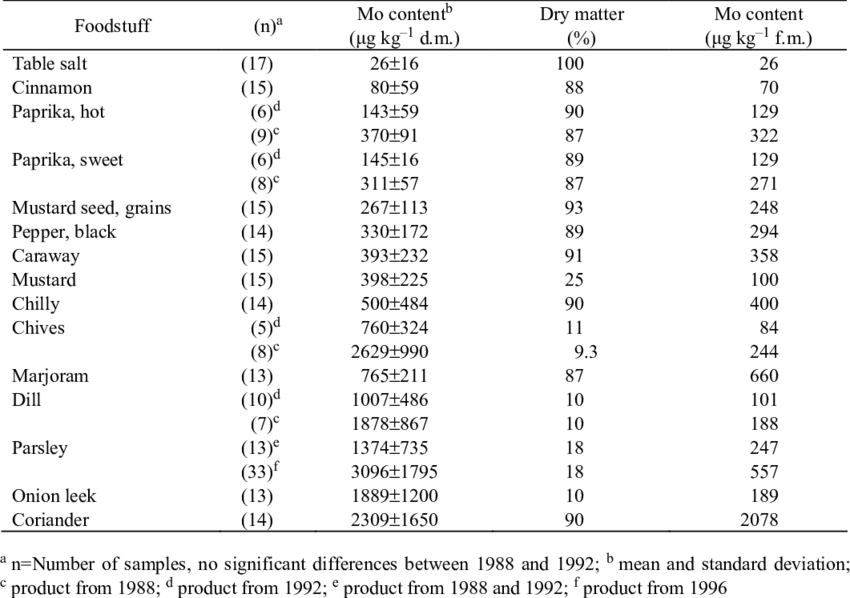
What is Molybdenum?
Molybdenum is a chemical element with the symbol Mo and atomic number 42 which is located in period 5 and group 6. The name is from Neo-Latin molybdaenum, which is based on Ancient Greek Μόλυβδος molybdos, meaning lead, since its ores were confused with lead ores.
Why Molybdenum Is an Essential Nutrient
You may not have heard of the trace mineral molybdenum, but it is essential to your health.
It is an essential trace mineral that occurs naturally in foods and is available in supplements. It is a component of four different enzymes in the body that help break down proteins, alcohol, drugs, and toxins. Molybdenum-containing enzymes also break down purines and sulfites. Purines are compounds metabolized from food that form uric acid which, in elevated levels, is a risk factor for gout. Sulfites are a preservative added to certain foods to maintain color and shelf-life; some people develop a sensitivity to sulfites, causing an allergic reaction. Molybdenum is stored in the liver, kidneys, and bone. The kidneys are efficient at removing excess amounts in the body if not needed.
Very Few People Are Deficient
Although supplements are widely available, molybdenum deficiency is very rare in healthy people.
Long-term molybdenum deficiency has been observed in some populations and linked to an increased risk of esophageal cancer.
In one small region of China, esophageal cancer is 100 times more common than in the US. It has been discovered that the soil in this area contains very low levels of molybdenum, resulting in a long-term low dietary intake.
Furthermore, in other areas that have a high risk of esophageal cancer, such as parts of northern Iran and South Africa, molybdenum levels in hair and nail samples have been found to be low.

The molybdenum content of spices, herbs and table salt (µg kg -1 dry matter and µg kg -1 edible portion fresh matter) researchgate.net
Continue Reading